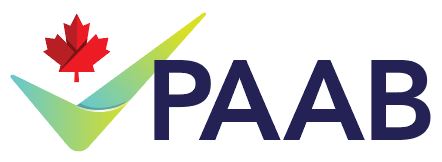Draft Guidance on Burden of Disease Presentations
-
Happy Friday @Manufacturer and @Agency
Based on input from various stakeholders, PAAB has drafted a guidance on disease burden to expand the range of information that may be acceptable for presentations of disease information in advertising. This draft is now in circulation for consultation until April 24th. If you would like more information, please reach out to Pauline Dong.
-
Happy Friday @Manufacturer and @Agency
Based on input from various stakeholders, PAAB has drafted a guidance on disease burden to expand the range of information that may be acceptable for presentations of disease information in advertising. This draft is now in circulation for consultation until April 24th. If you would like more information, please reach out to Pauline Dong.
@jennifer-carroll This is an exciting change! I'm sure we're all wondering why the PAAB is evolving its stance on this subject, which has in the past generally been a no-go zone. Could you provide any context?
-
@jennifer-carroll This is an exciting change! I'm sure we're all wondering why the PAAB is evolving its stance on this subject, which has in the past generally been a no-go zone. Could you provide any context?
Hey @palanski
Great question. PAAB’s strategic plan for 2023-2025 includes a focus on increasing the extent to which HCPs value health product advertising and industry-generated patient information. This is the primary motivation for the shift outlined in the disease burden document. This shift is one element of a multi-pronged approach towards that aim. The standards outlined in the document were generated in consideration of our global benchmarking and stakeholder consultation activities.
While health product manufacturers’ have expressed a long-standing desire to provide more detailed presentations of disease states, it took some time to establish a set of standards that effectively aligned that desire with the interests of patients and HCPs. The objective of PAAB is to ensure that disease information (including burden of disease) does not suggest use and efficacy for outcomes which the brand has not been demonstrated to address. This objective remains however PAAB has looked to explore ways that we can meet this objective while allowing more latitude on disease presentations.
In short, the document seeks to outline principles that will mitigate the risk that the disease burdens be interpreted as outcomes that the drug can improve. The document also reiterates the requirement that the disease information and descriptions of disease burden must pertain to the promoted product’s indication.
Our hope is that manufactures will view the guidance document as a collaborative means to providing greater flexibility in relation to disease information presentations in HCP advertising, disease information presentations in patient information, and disease burdens conveyed in creative imagery.
